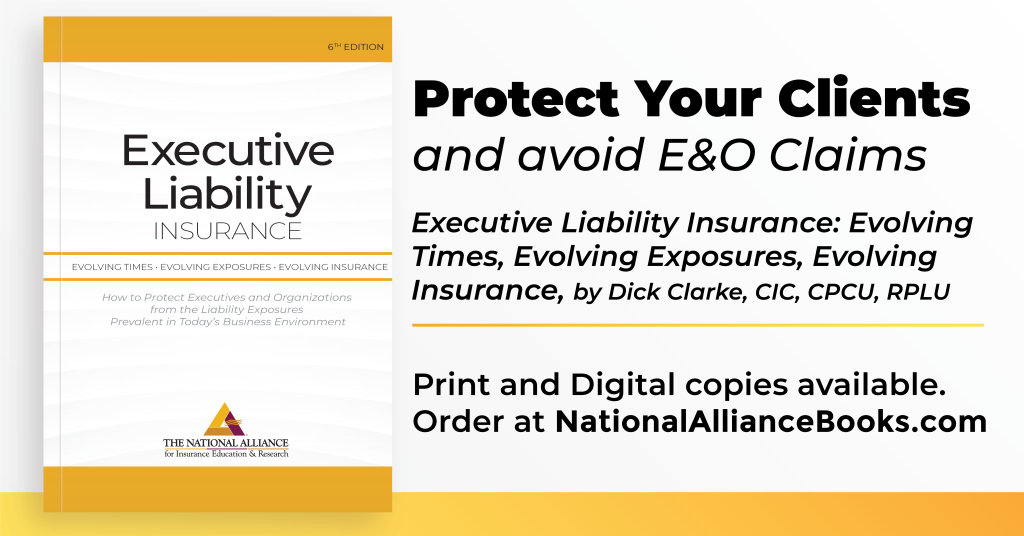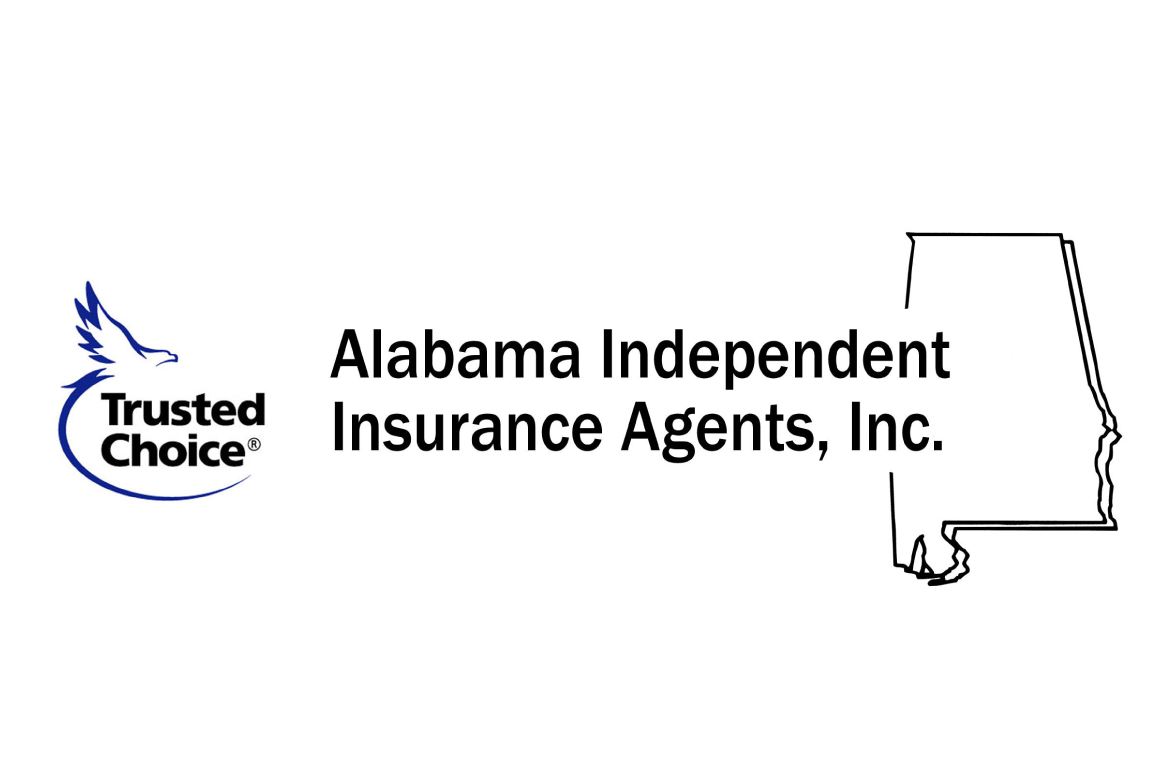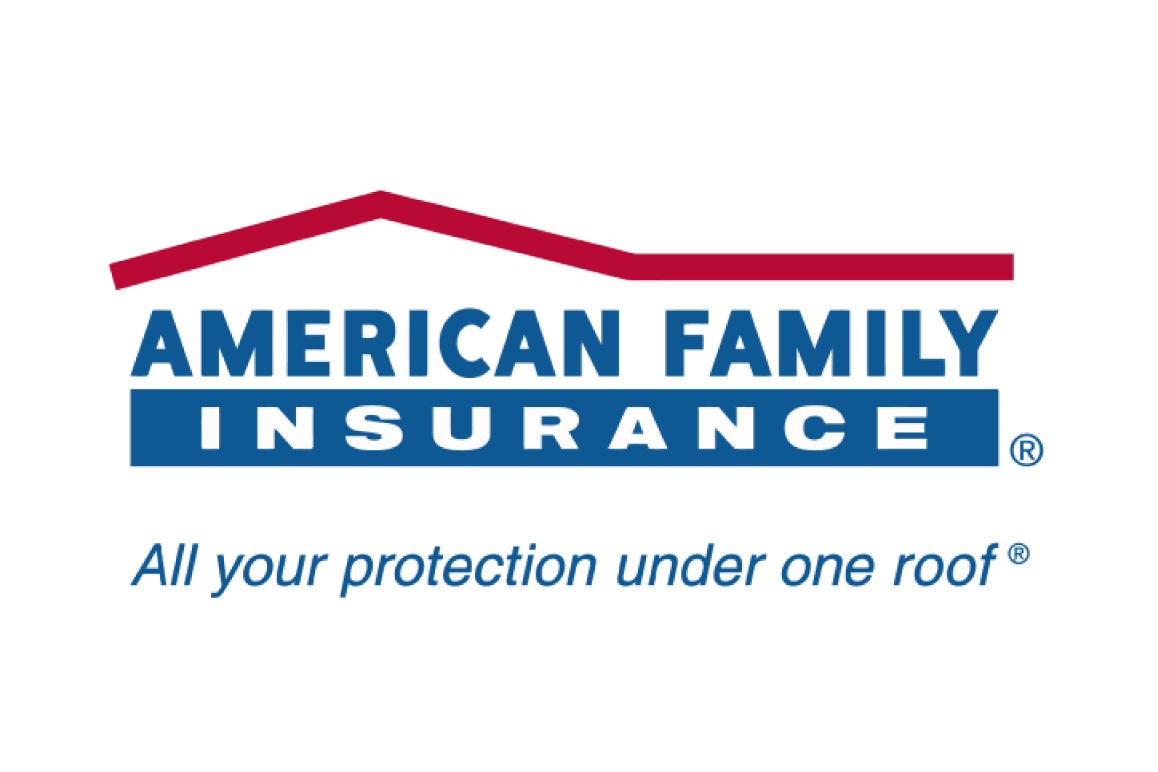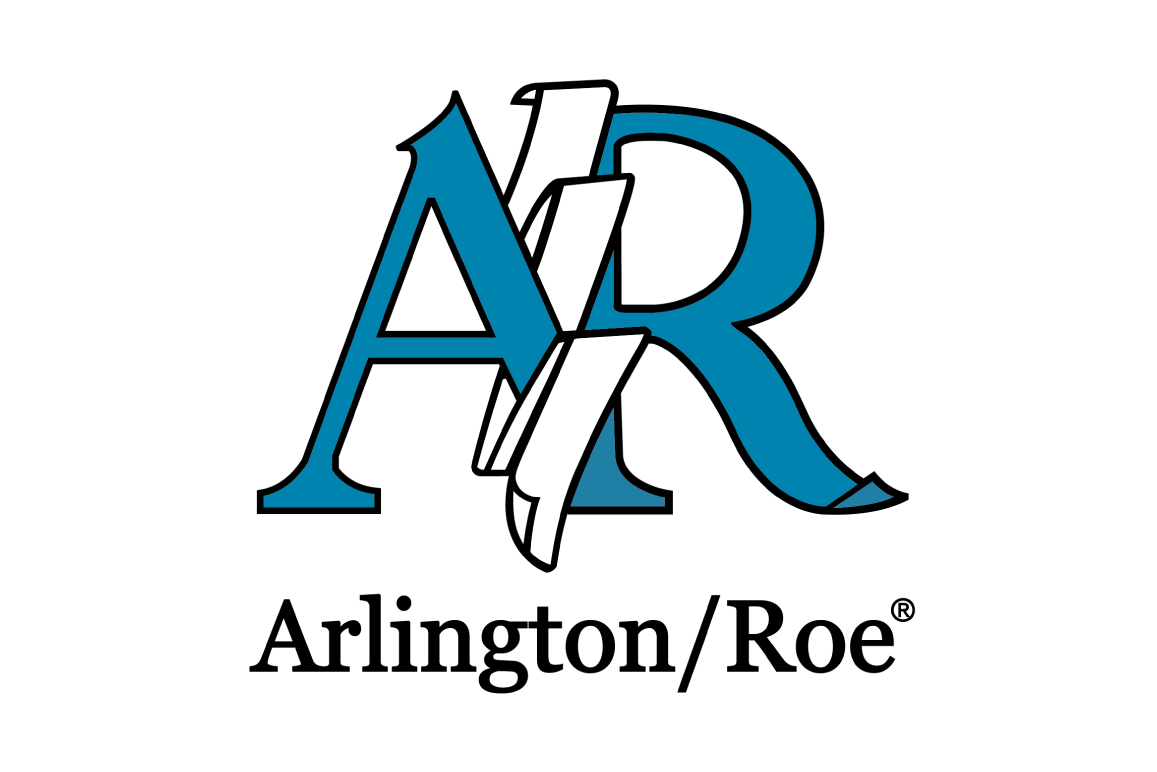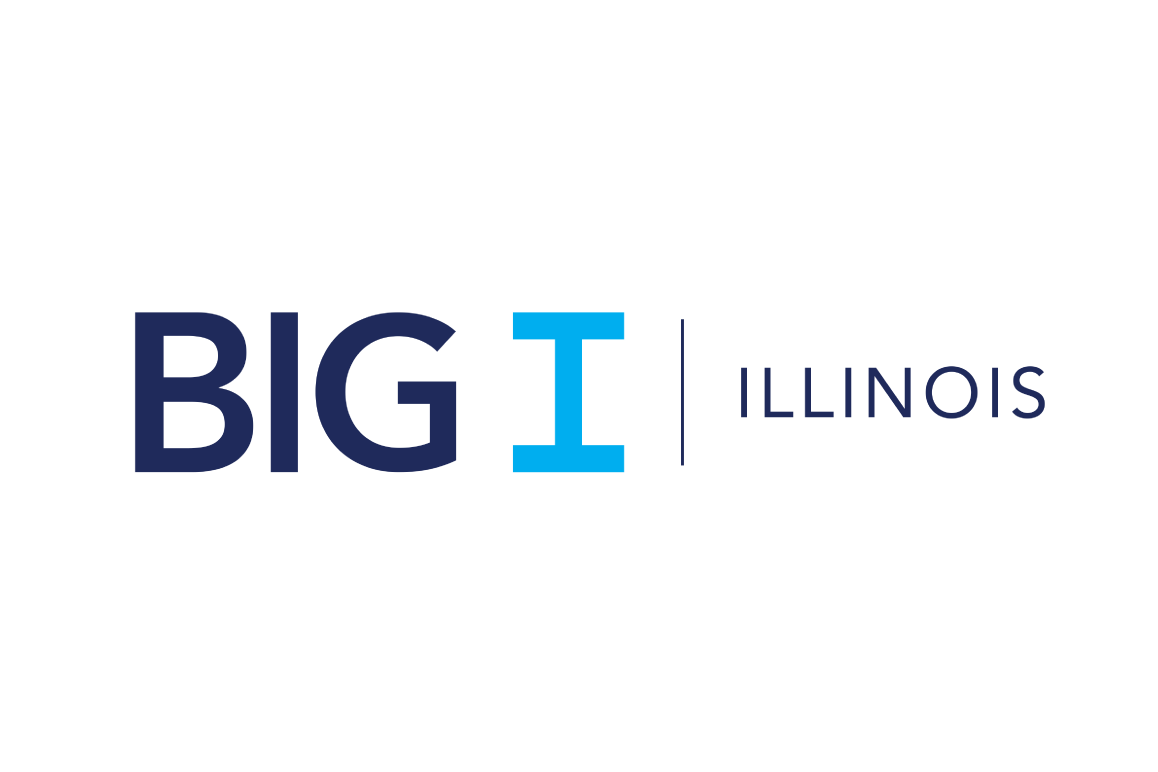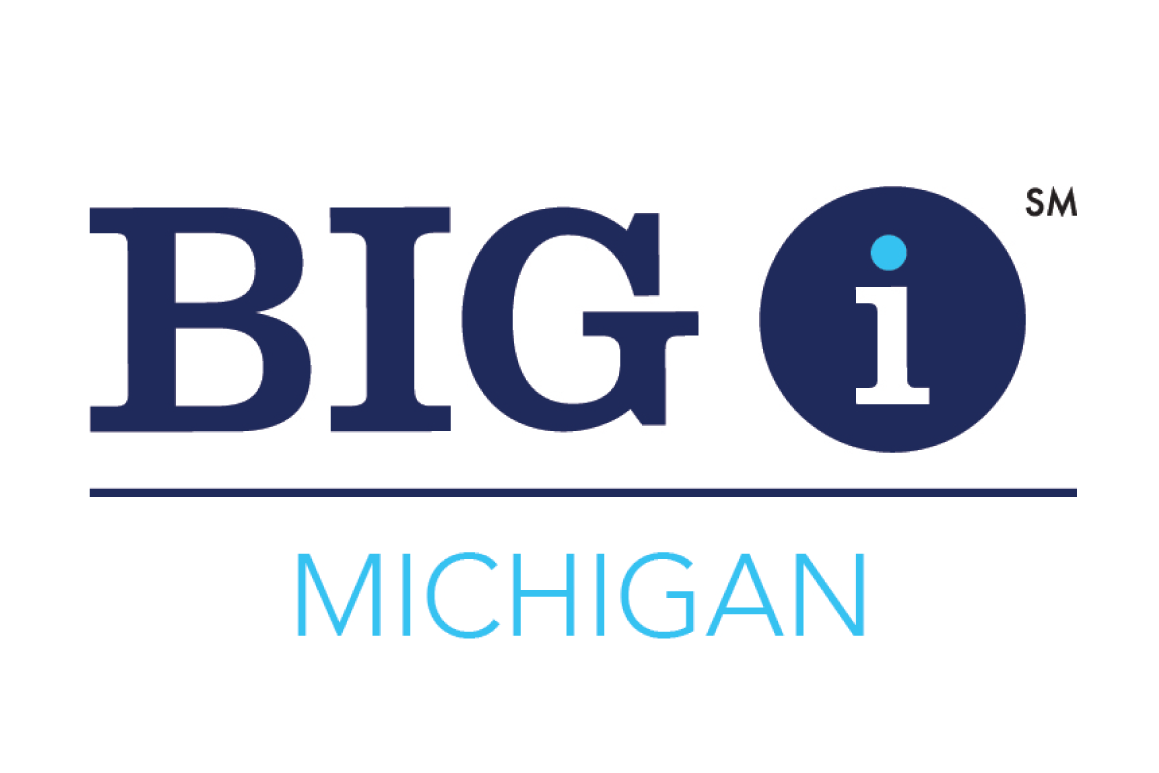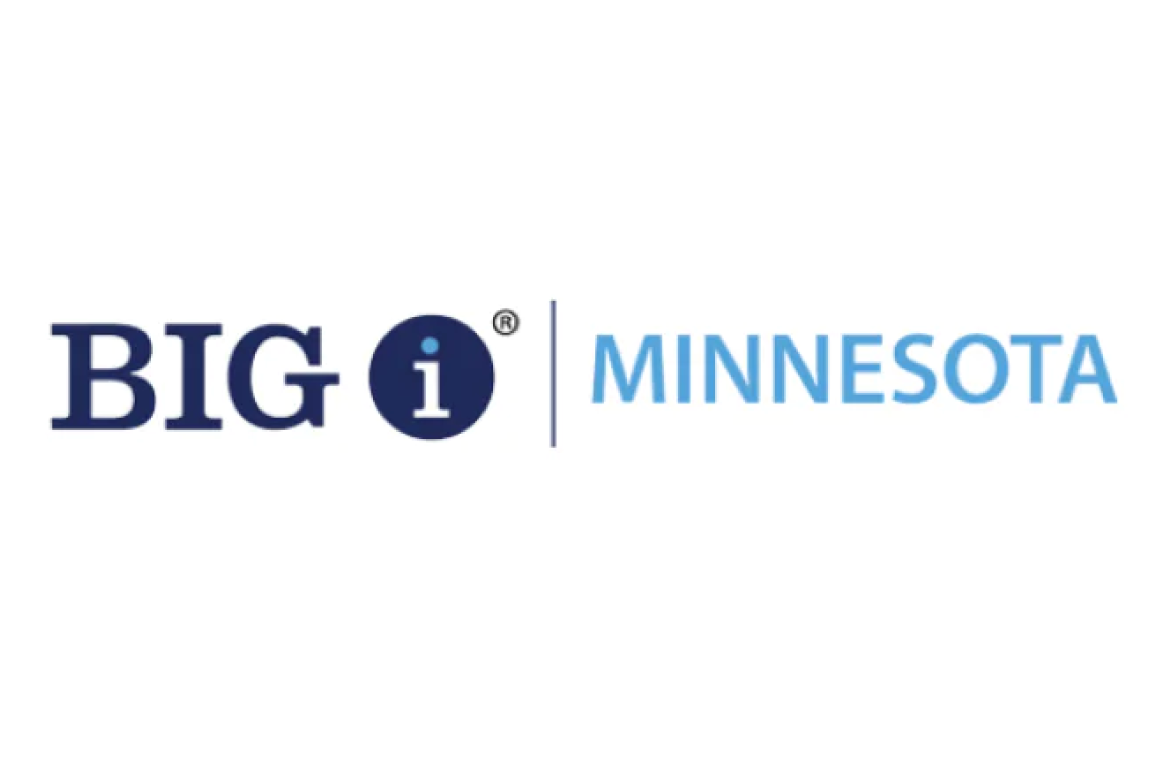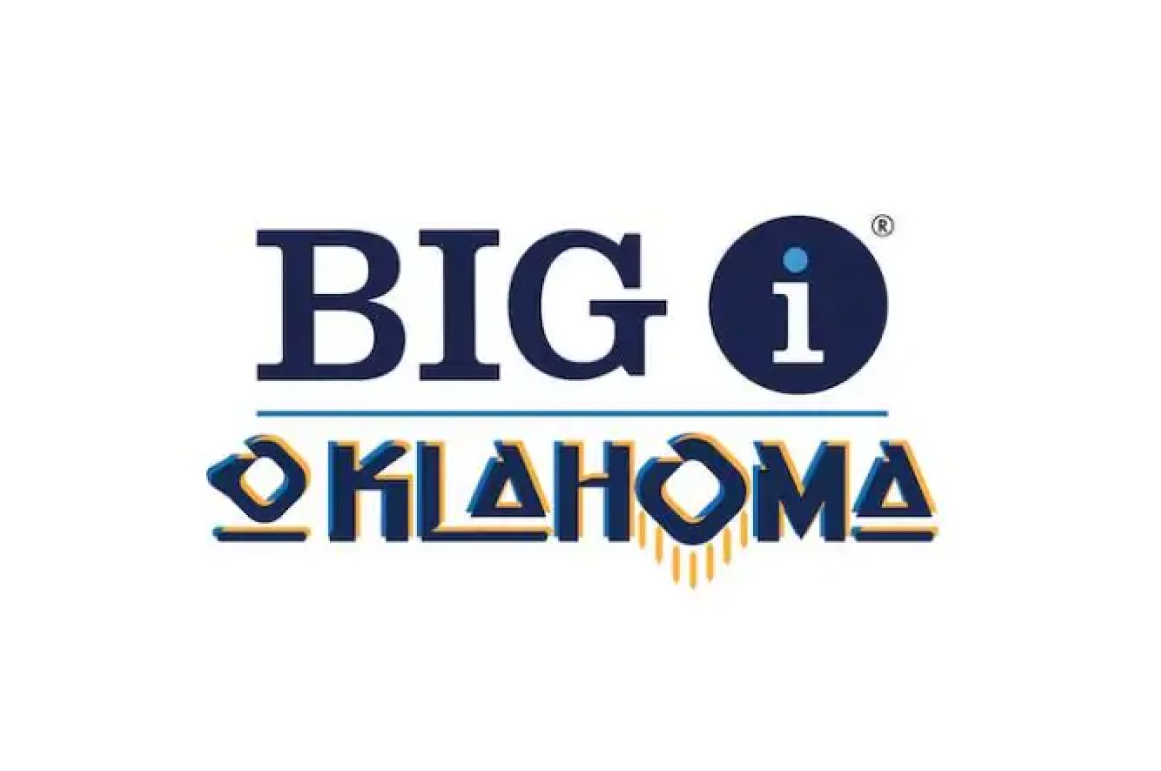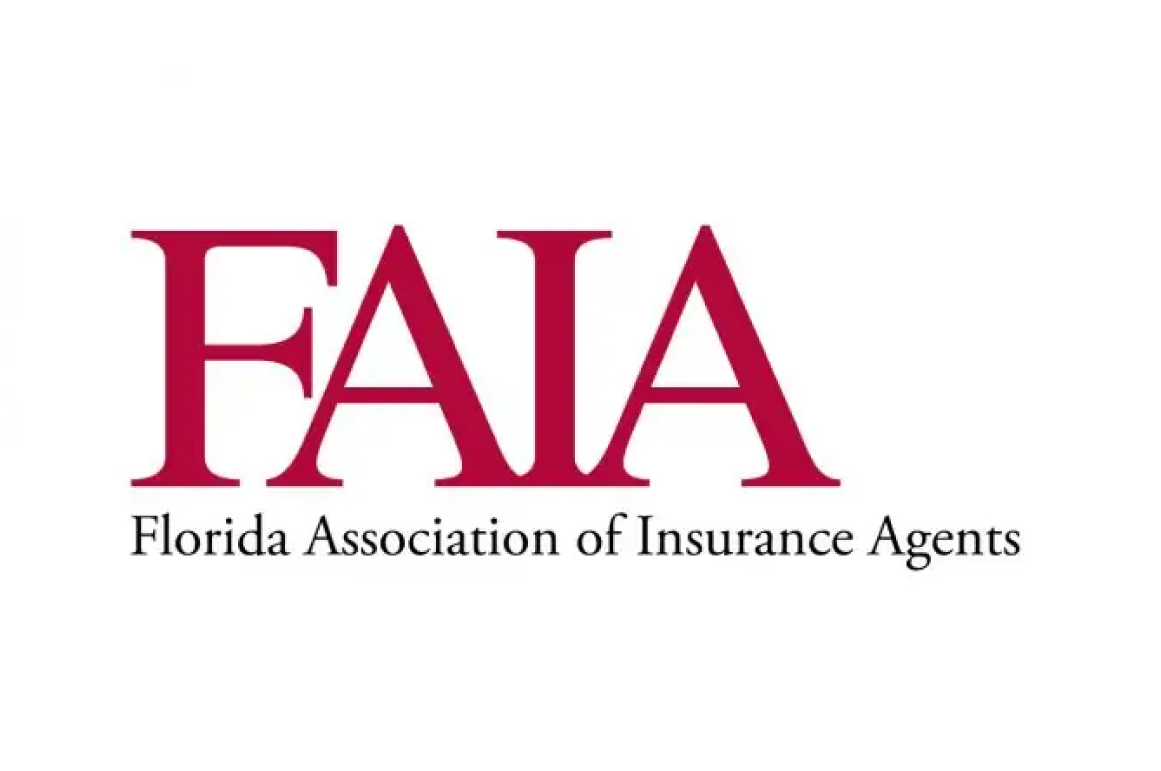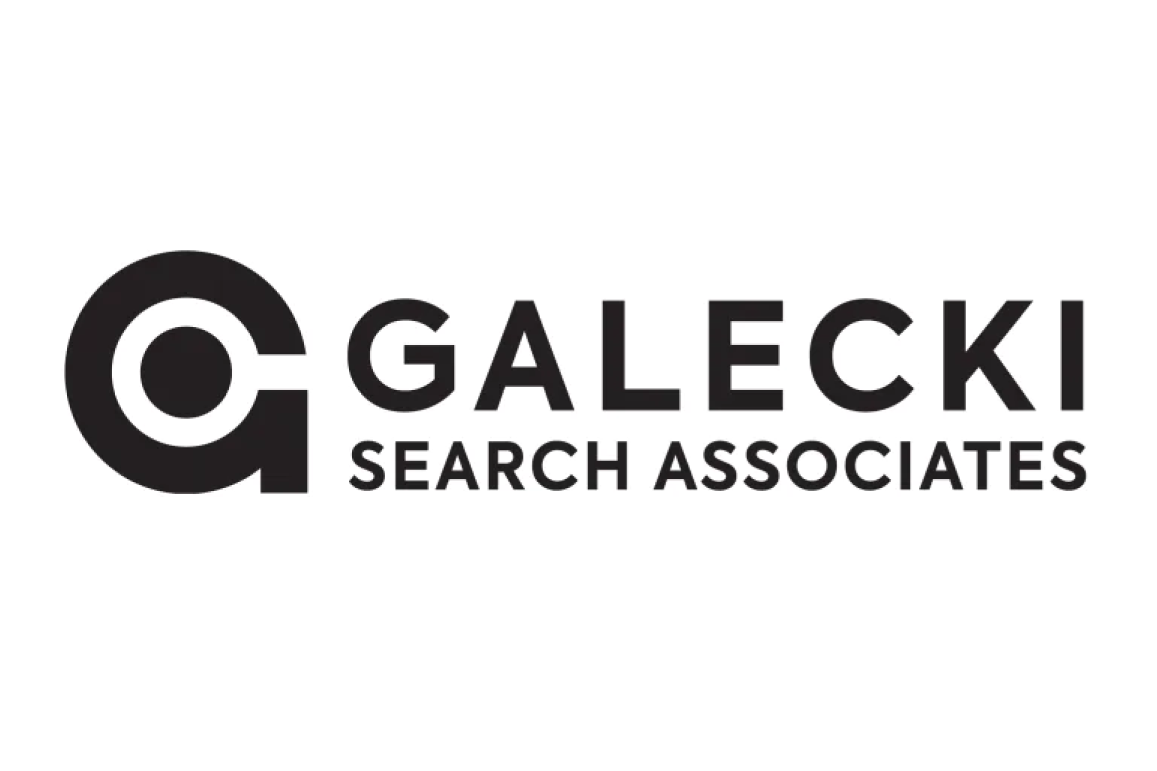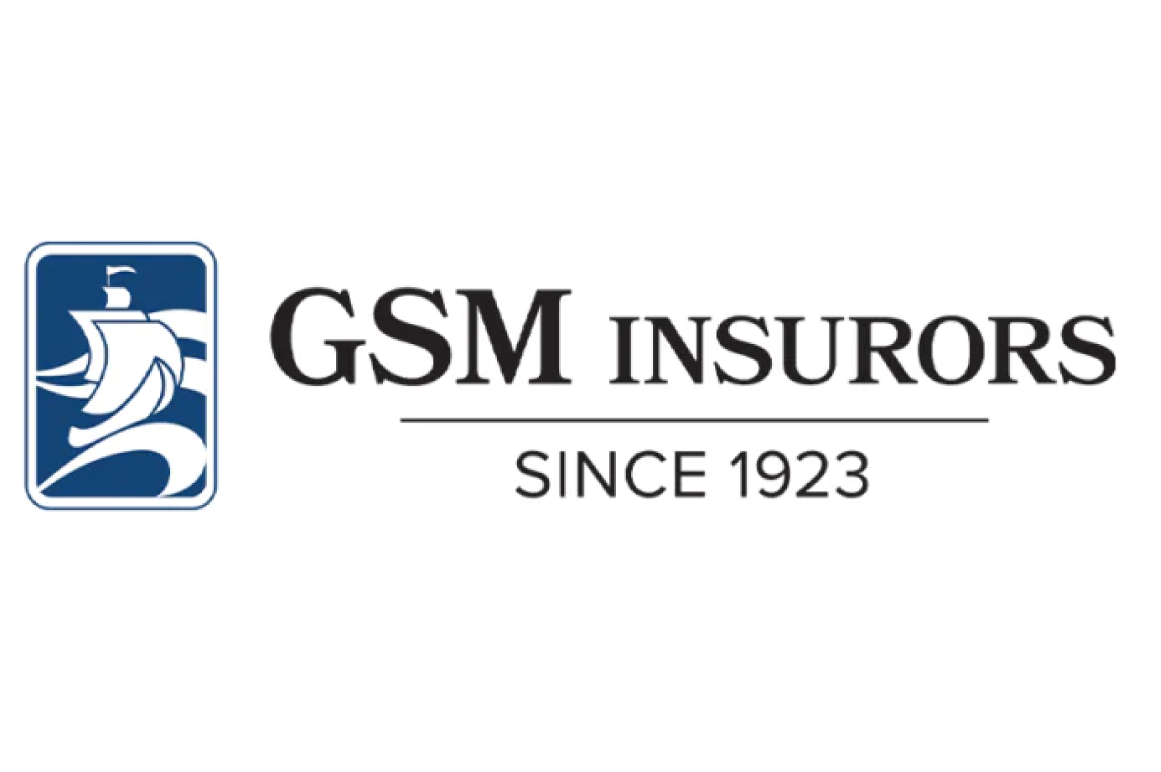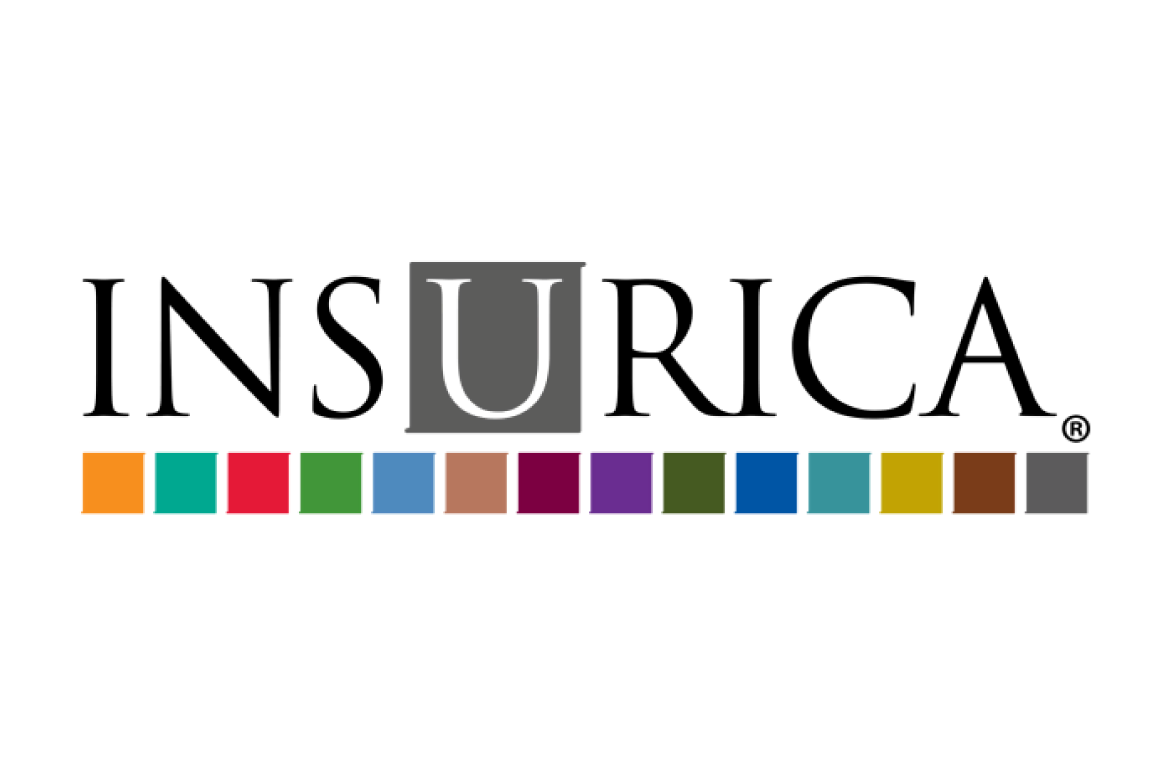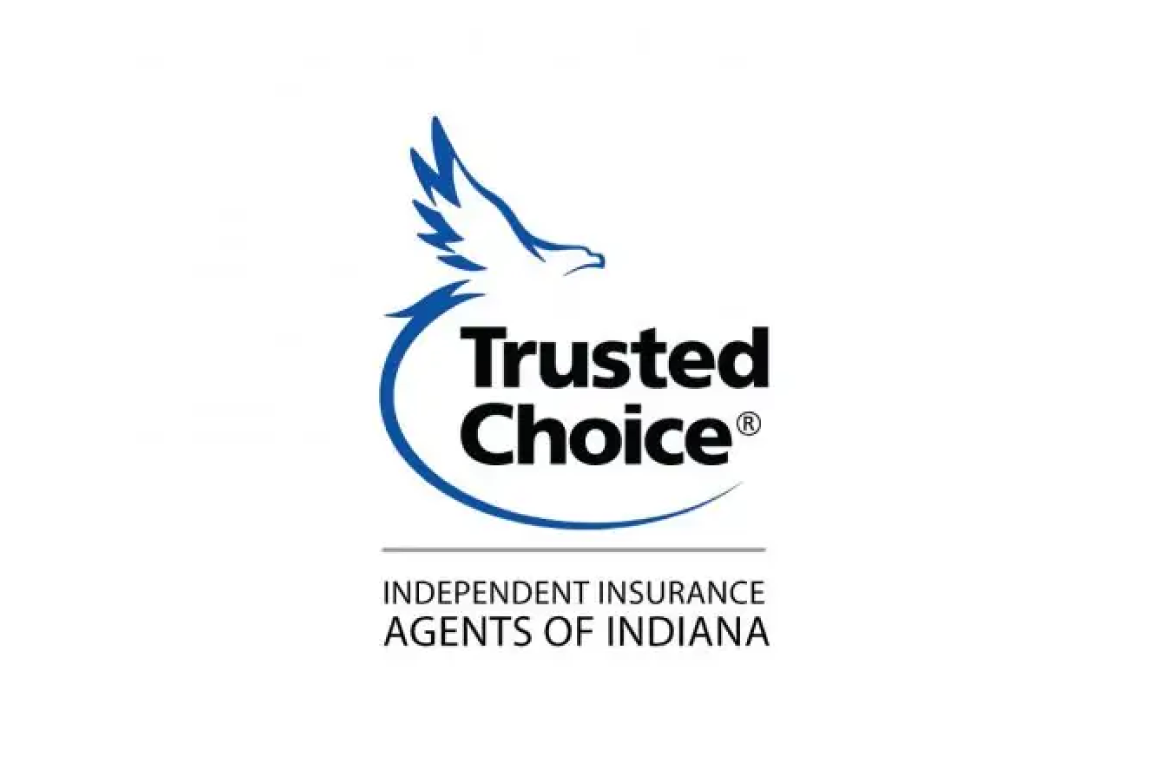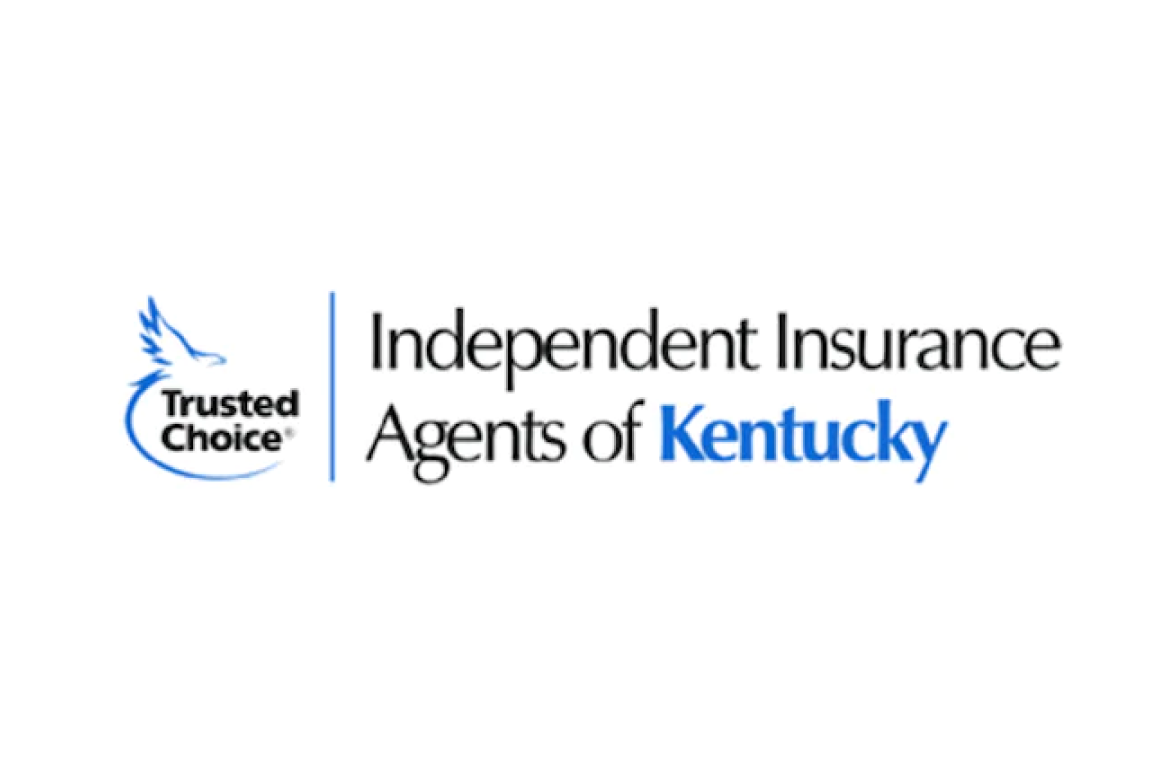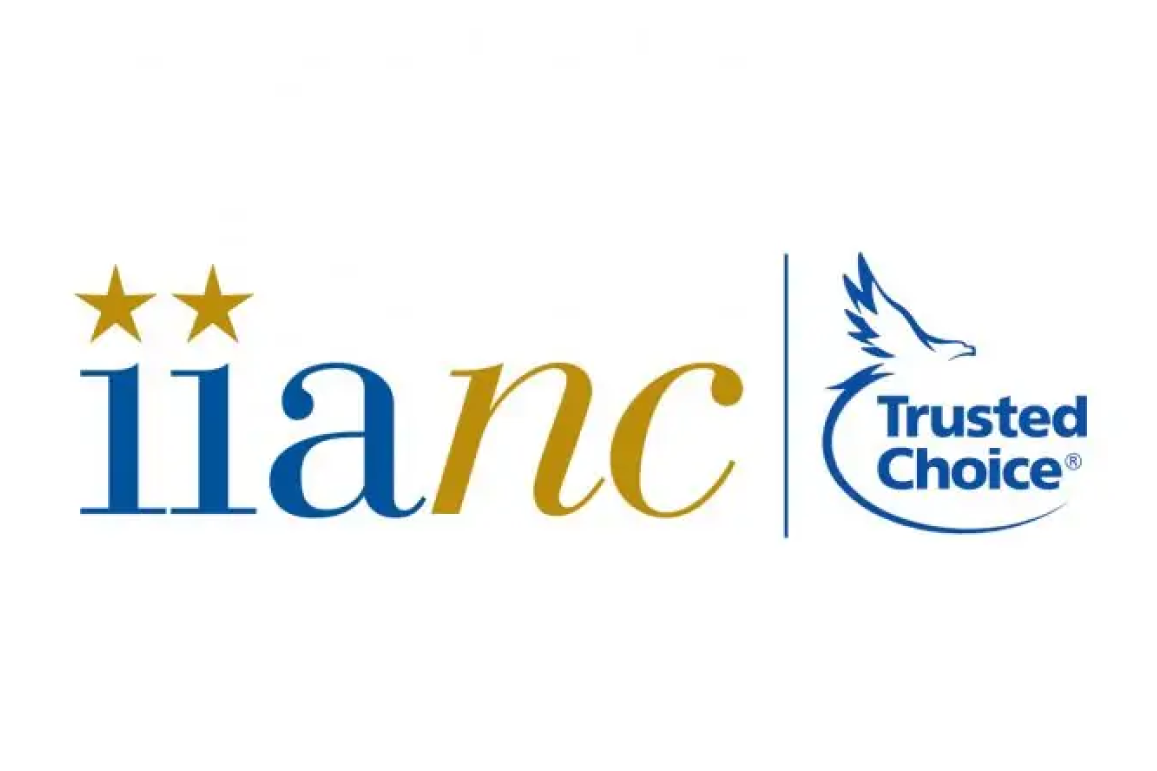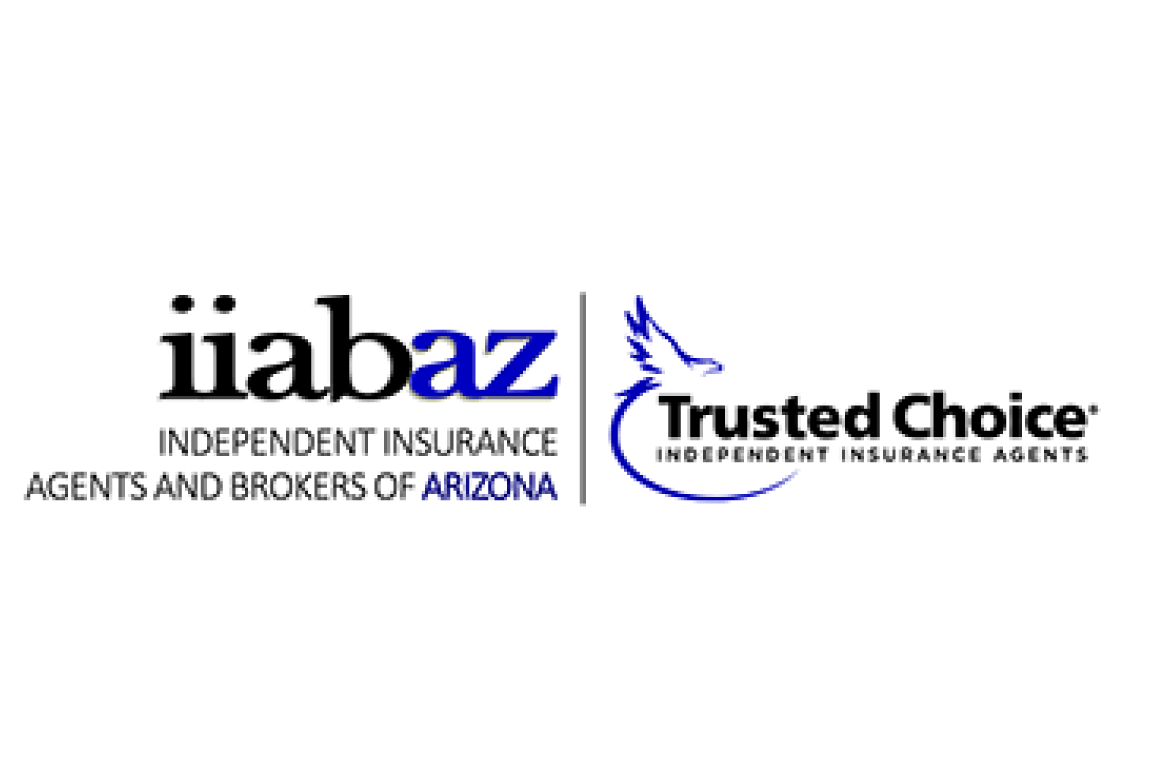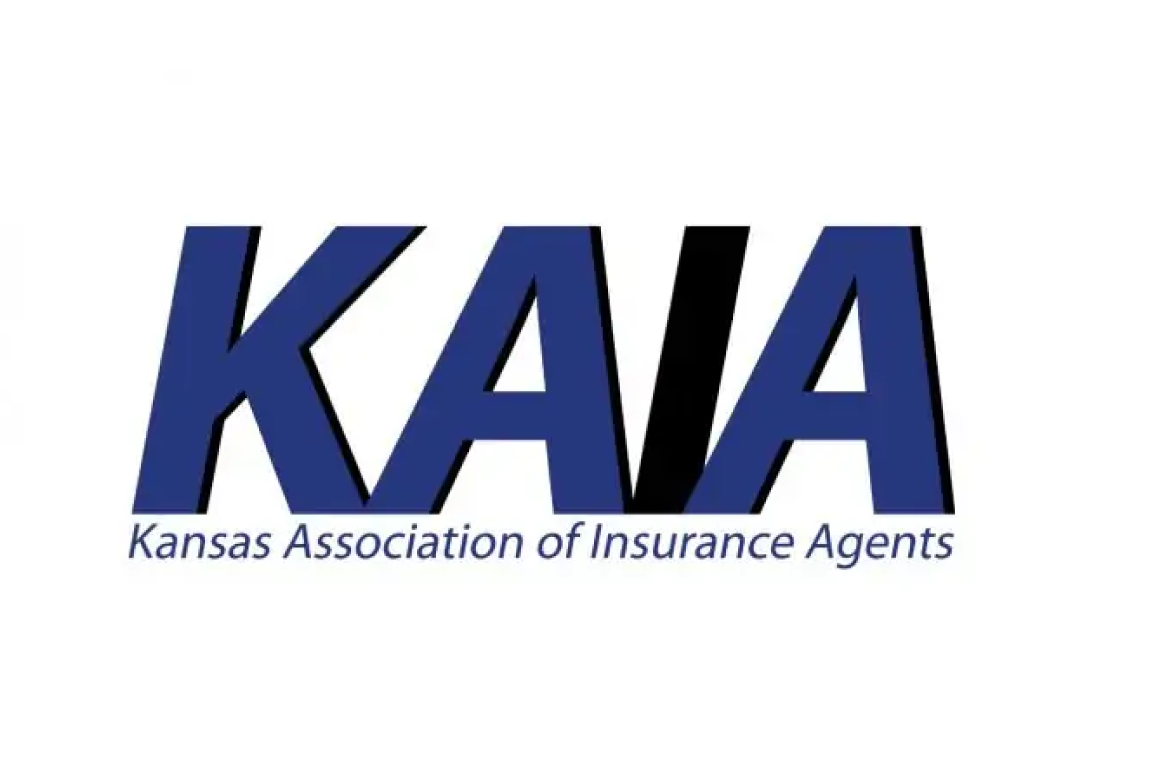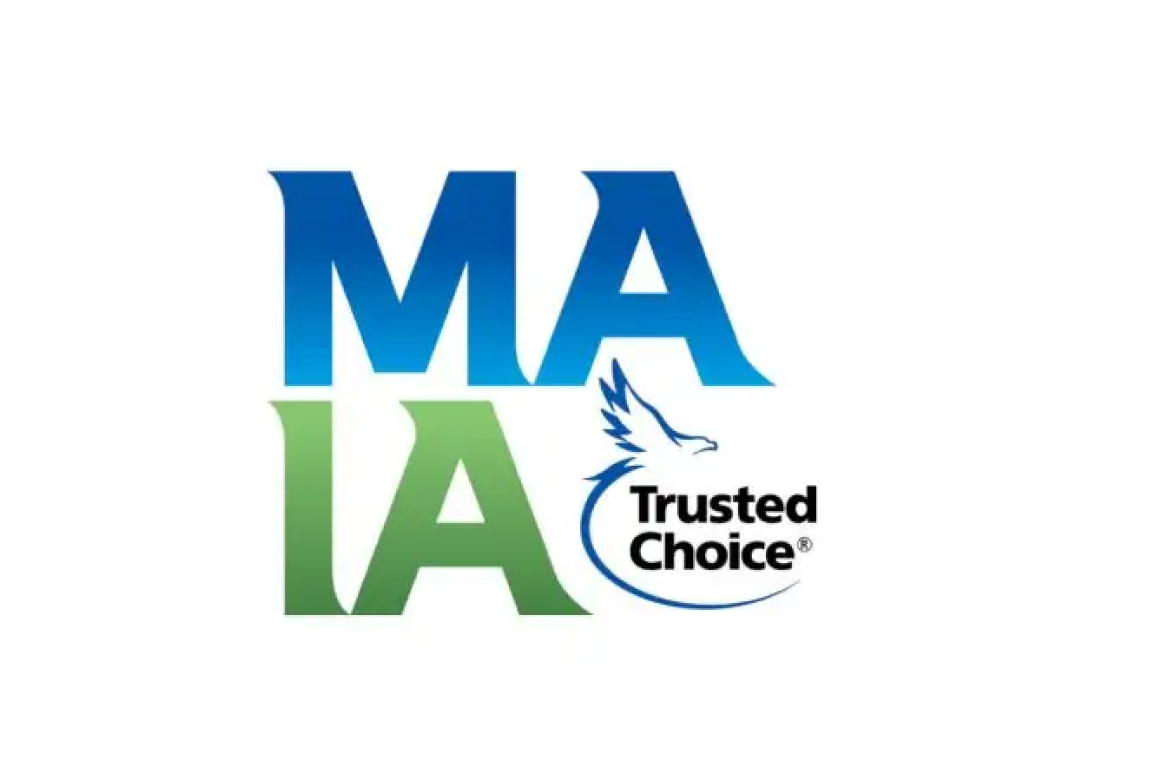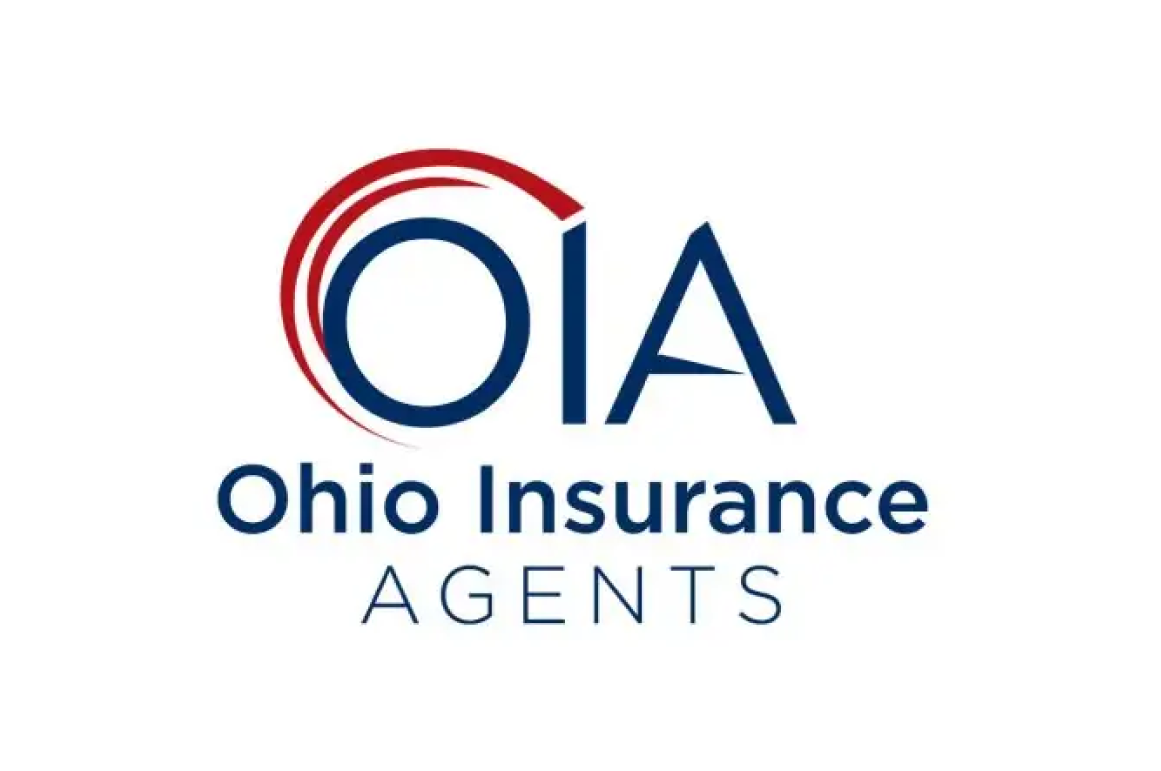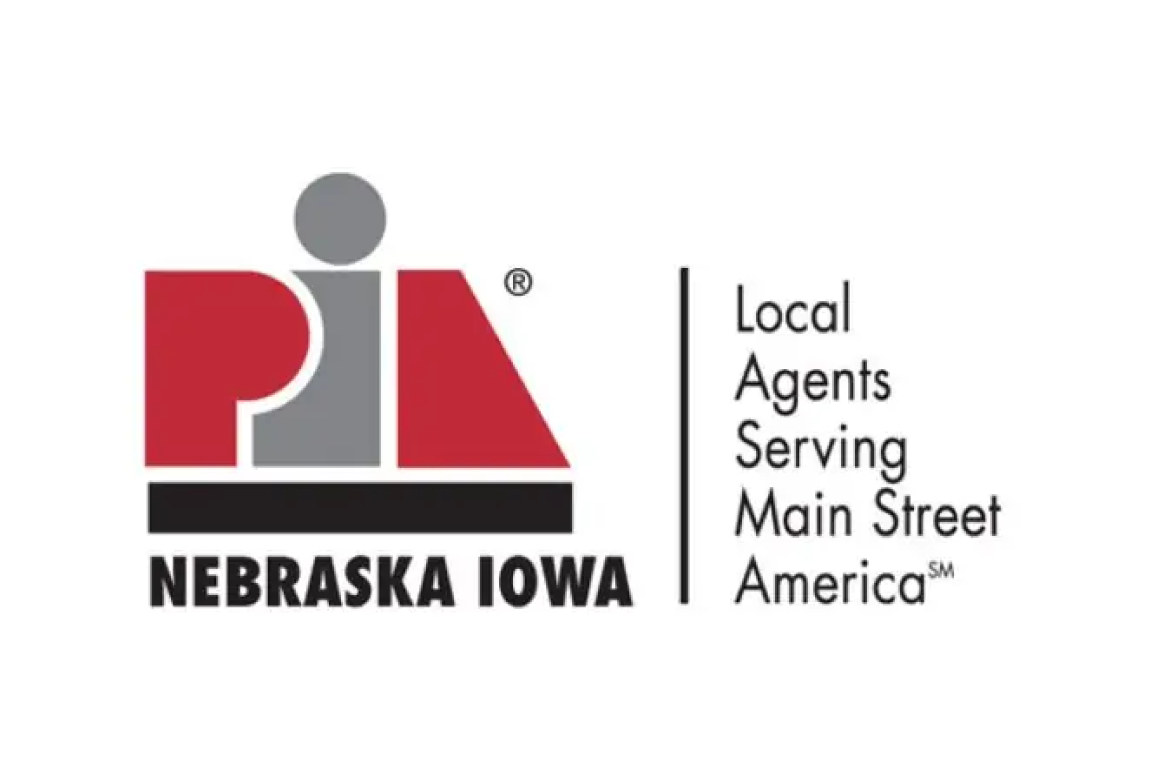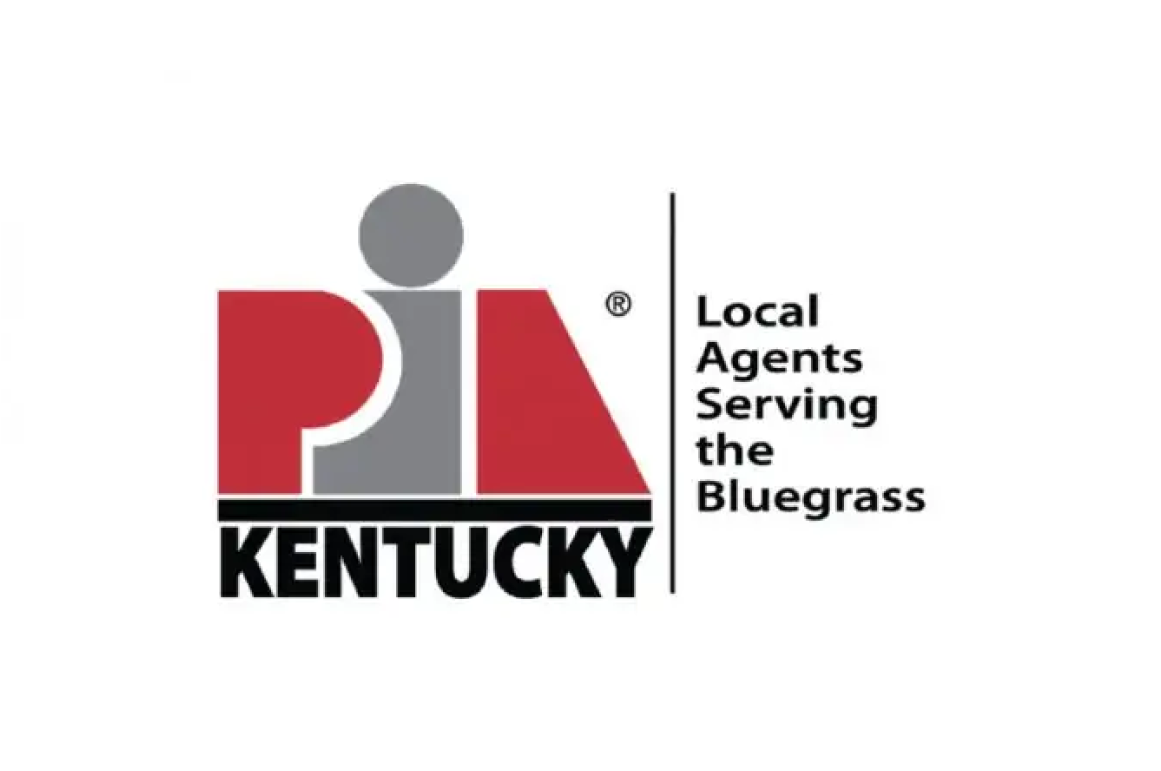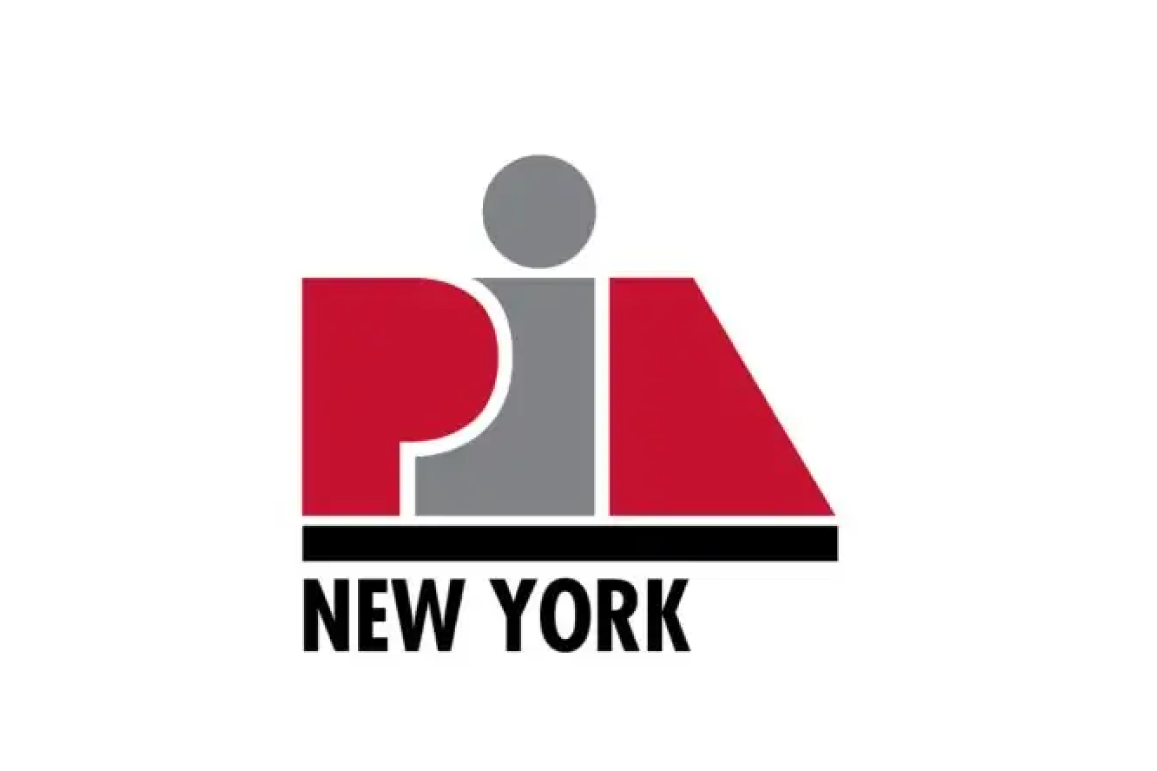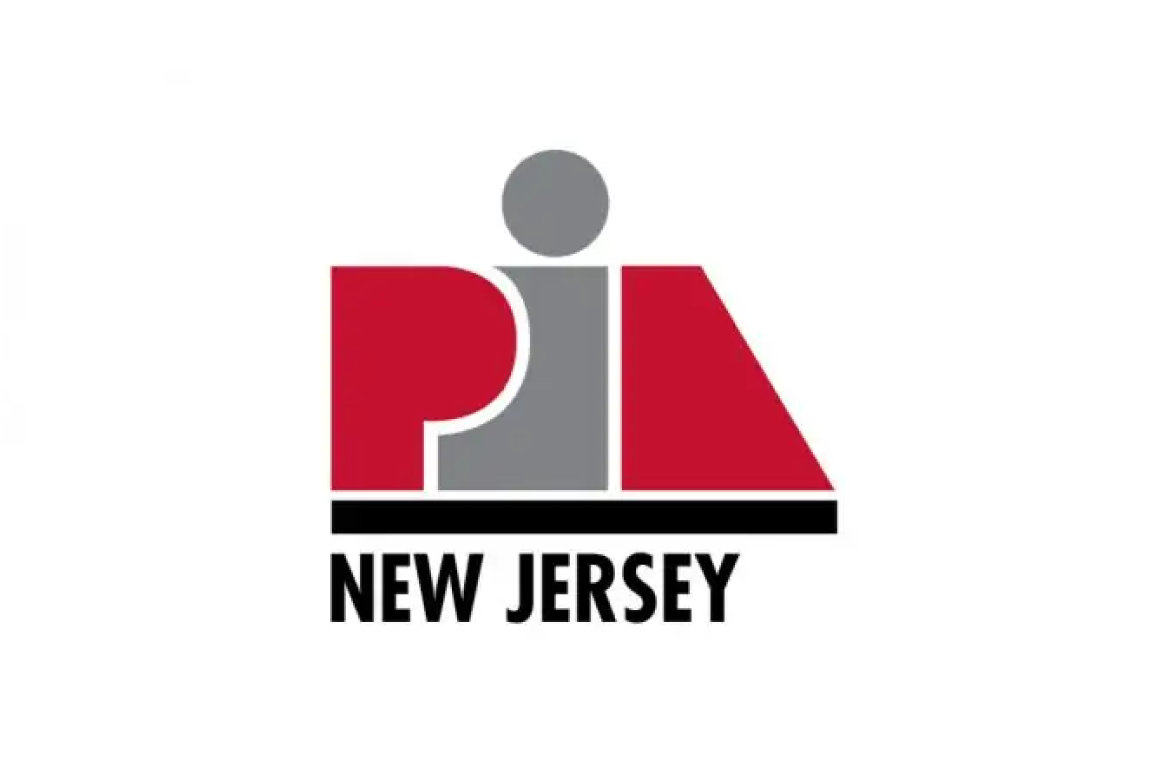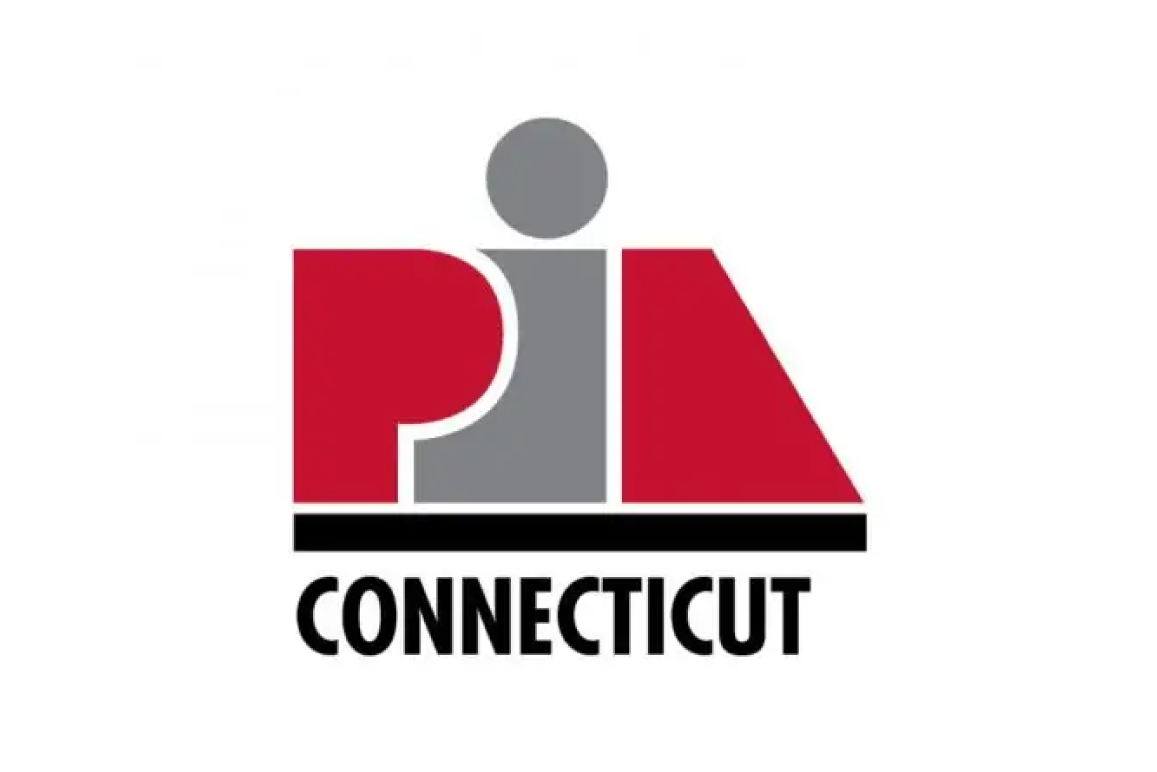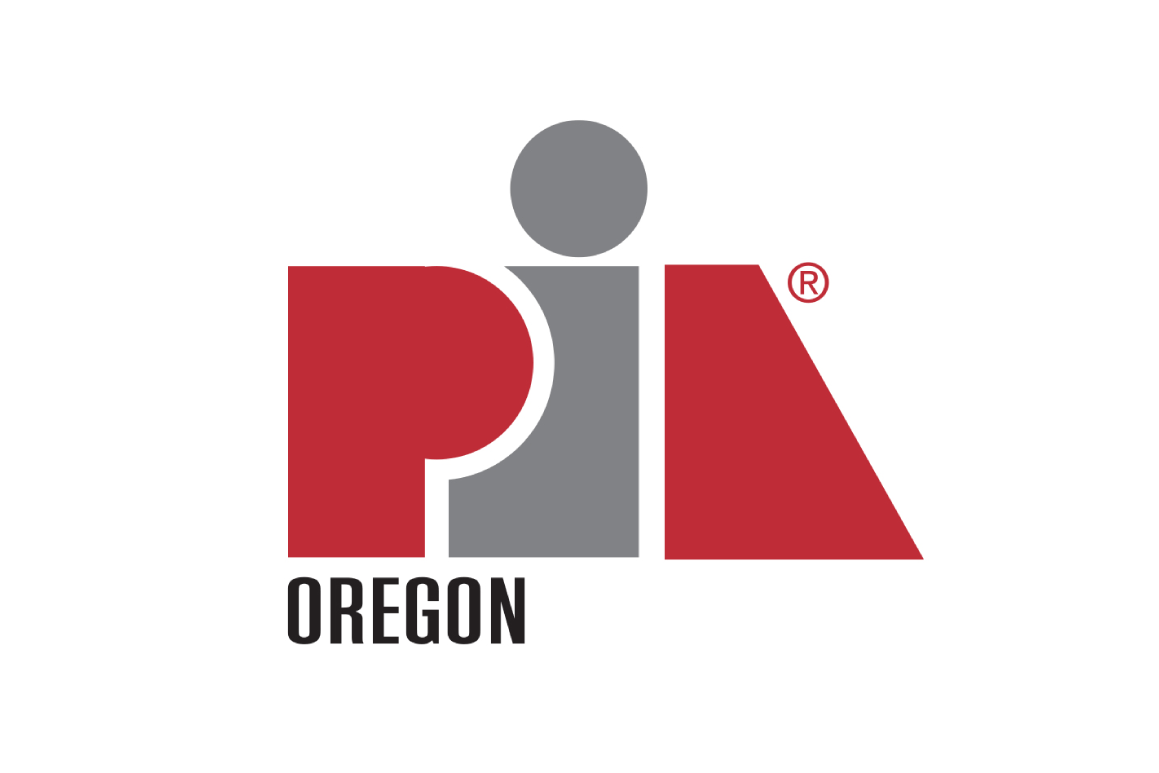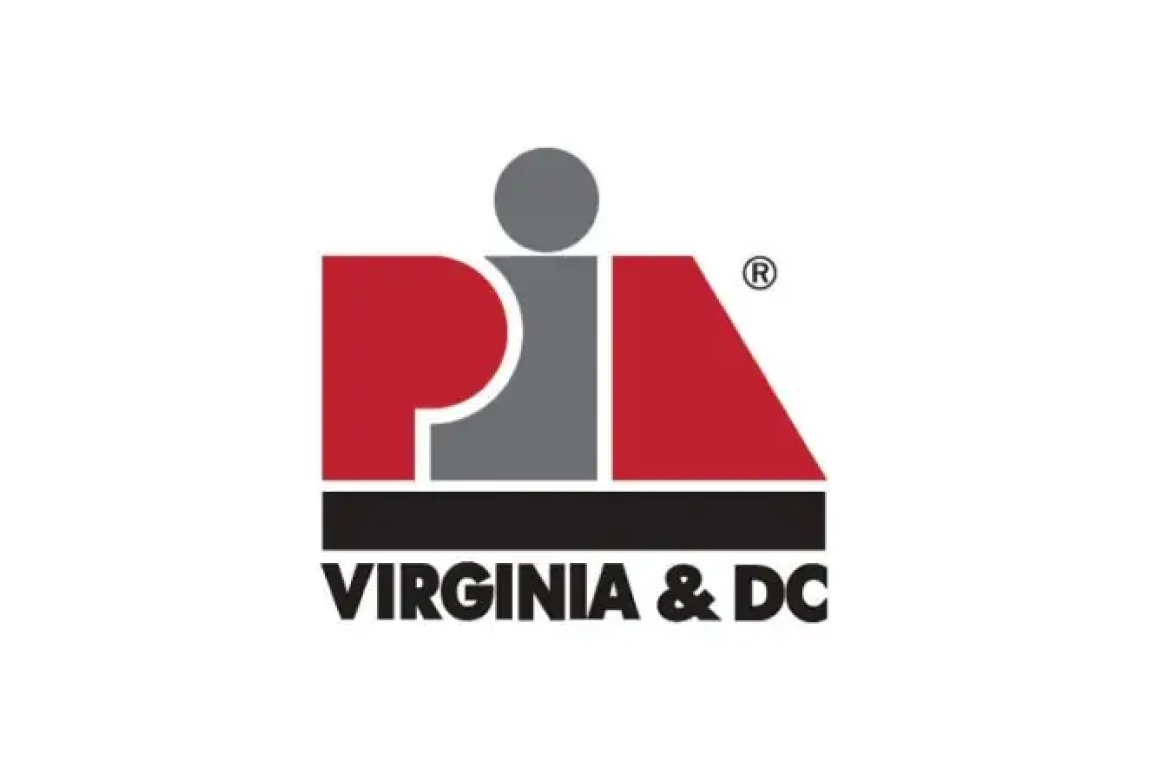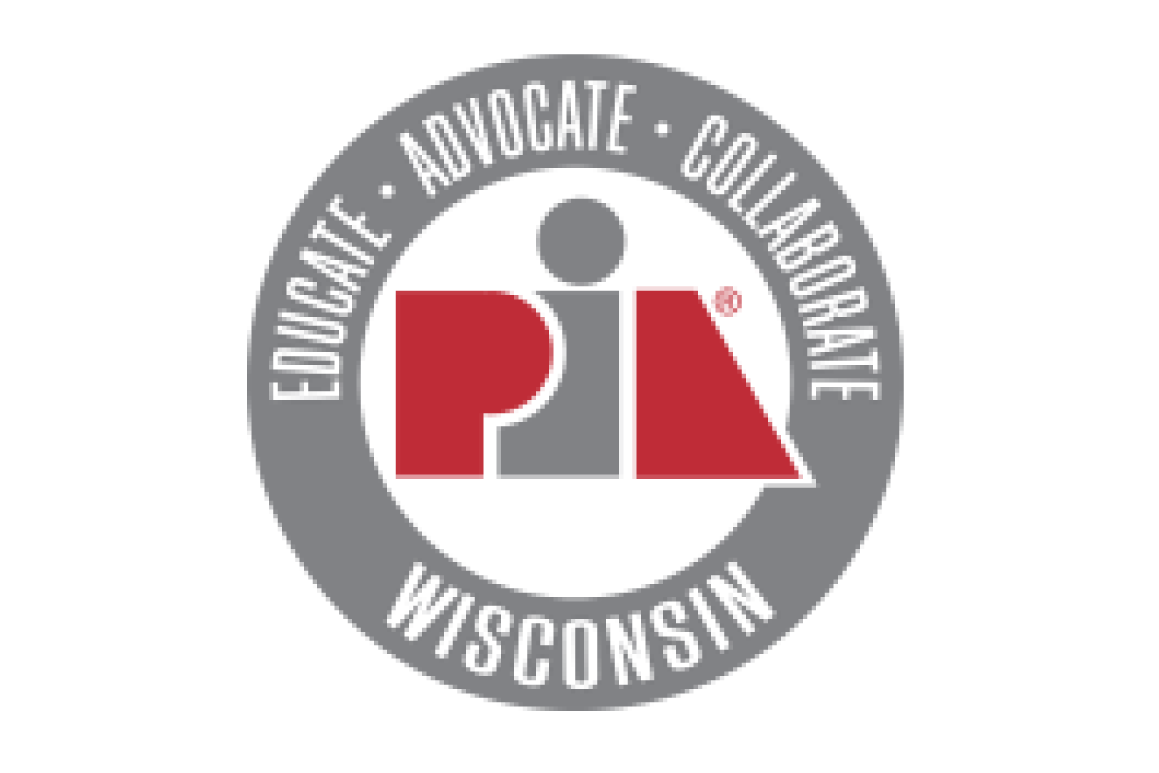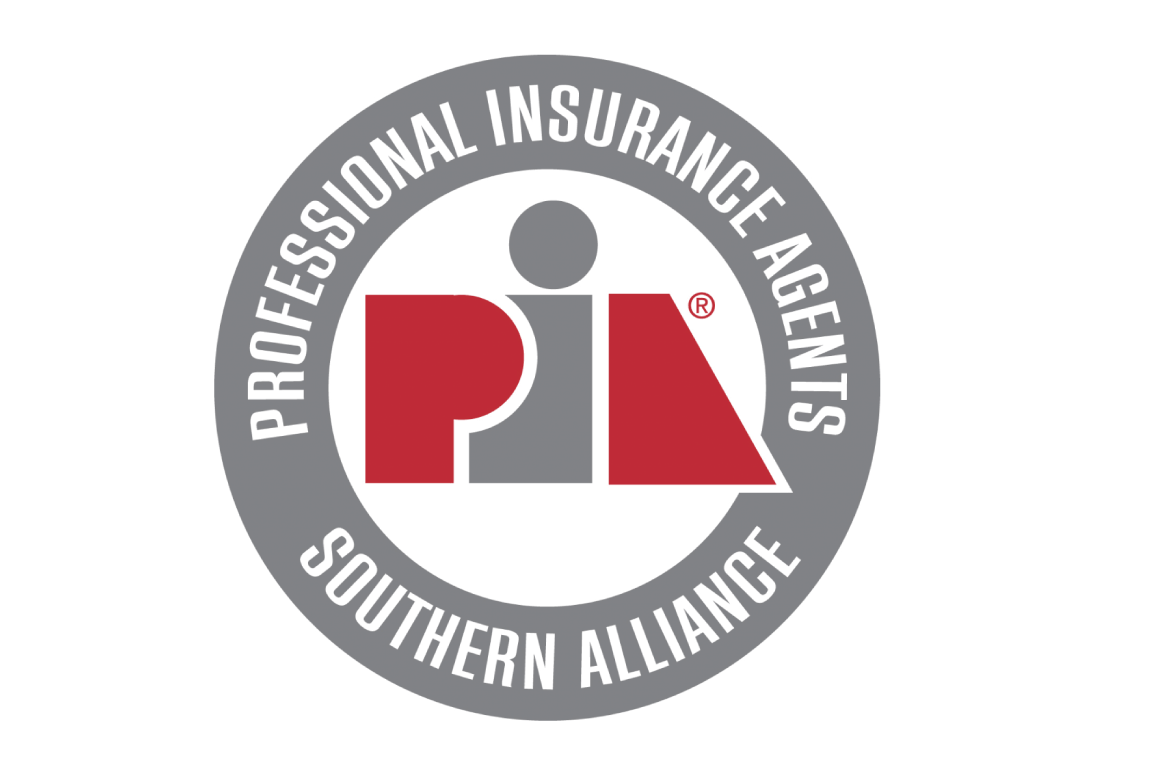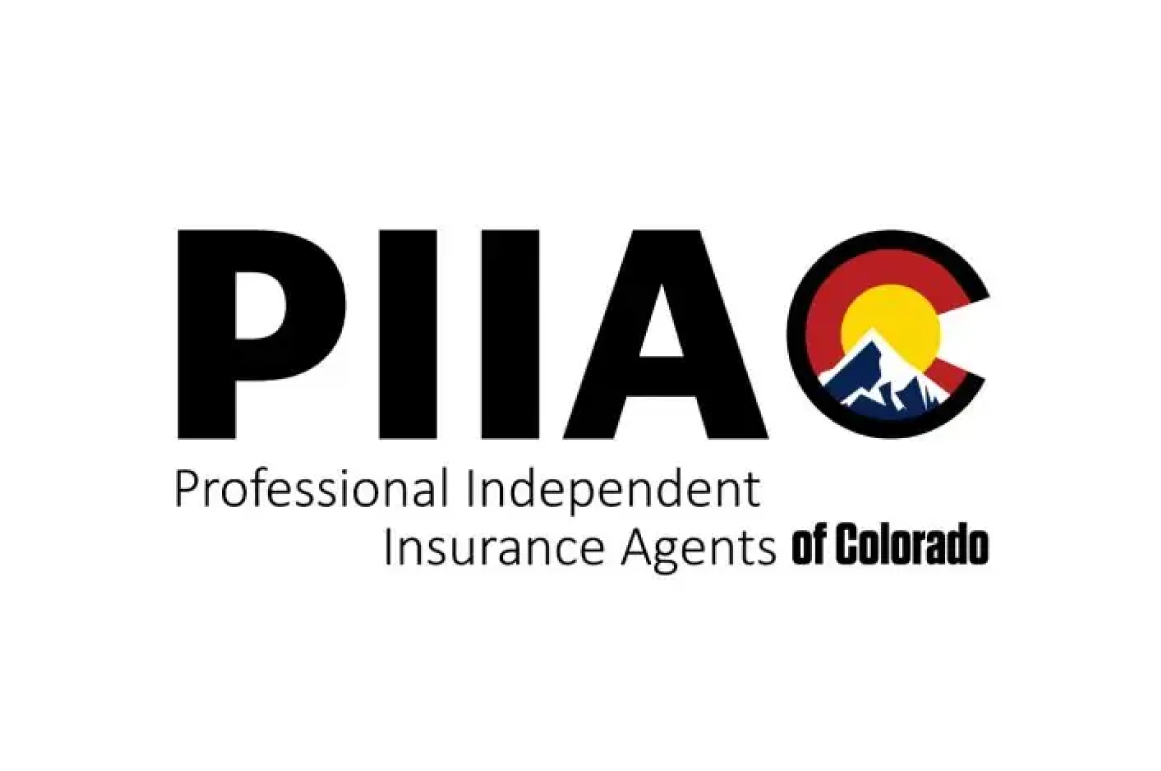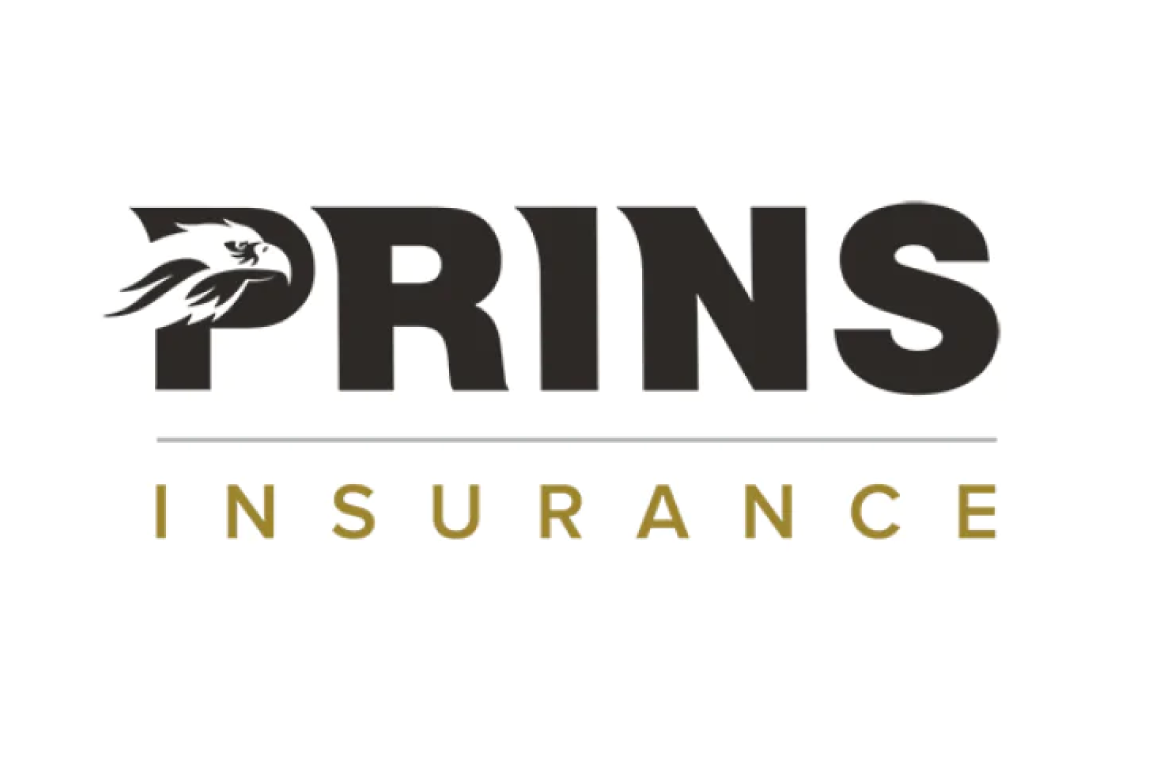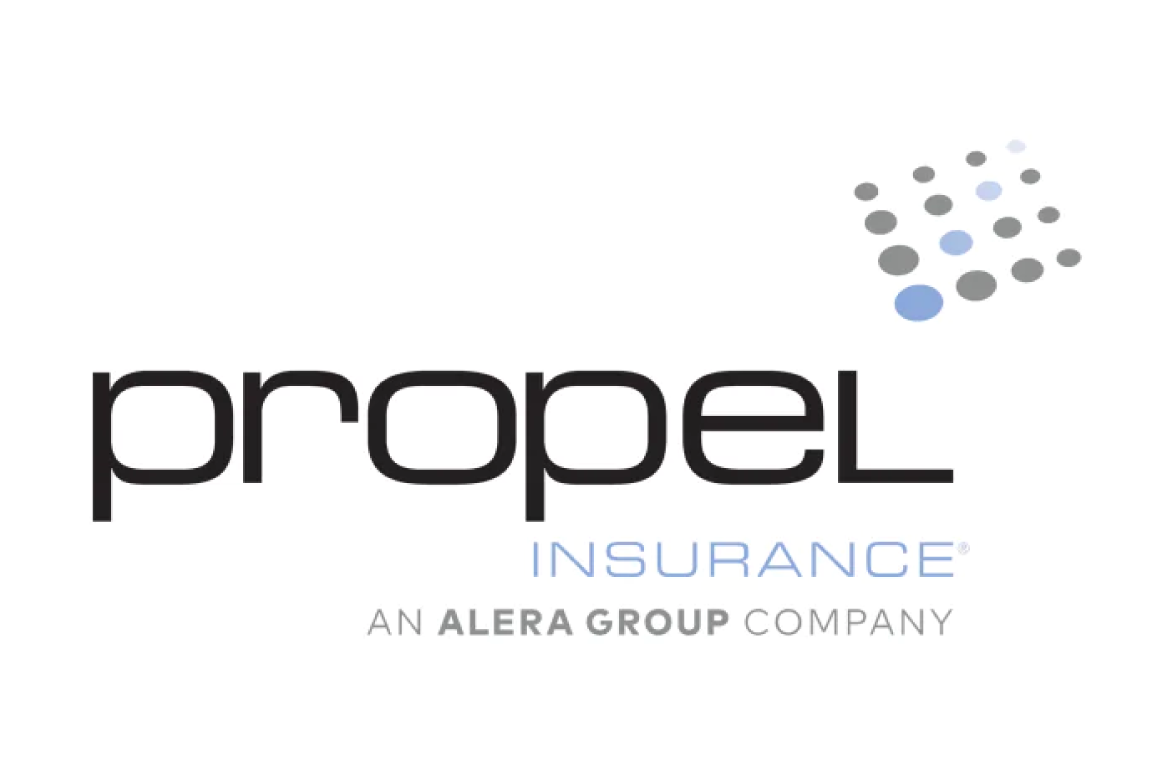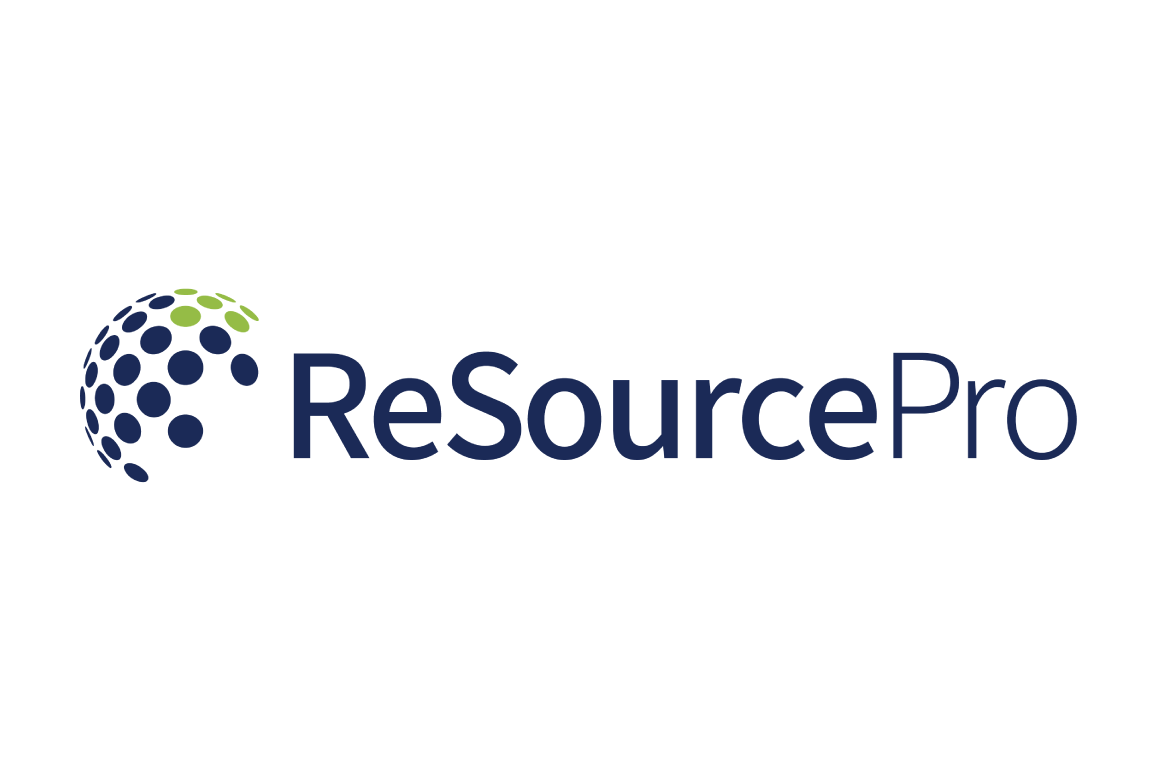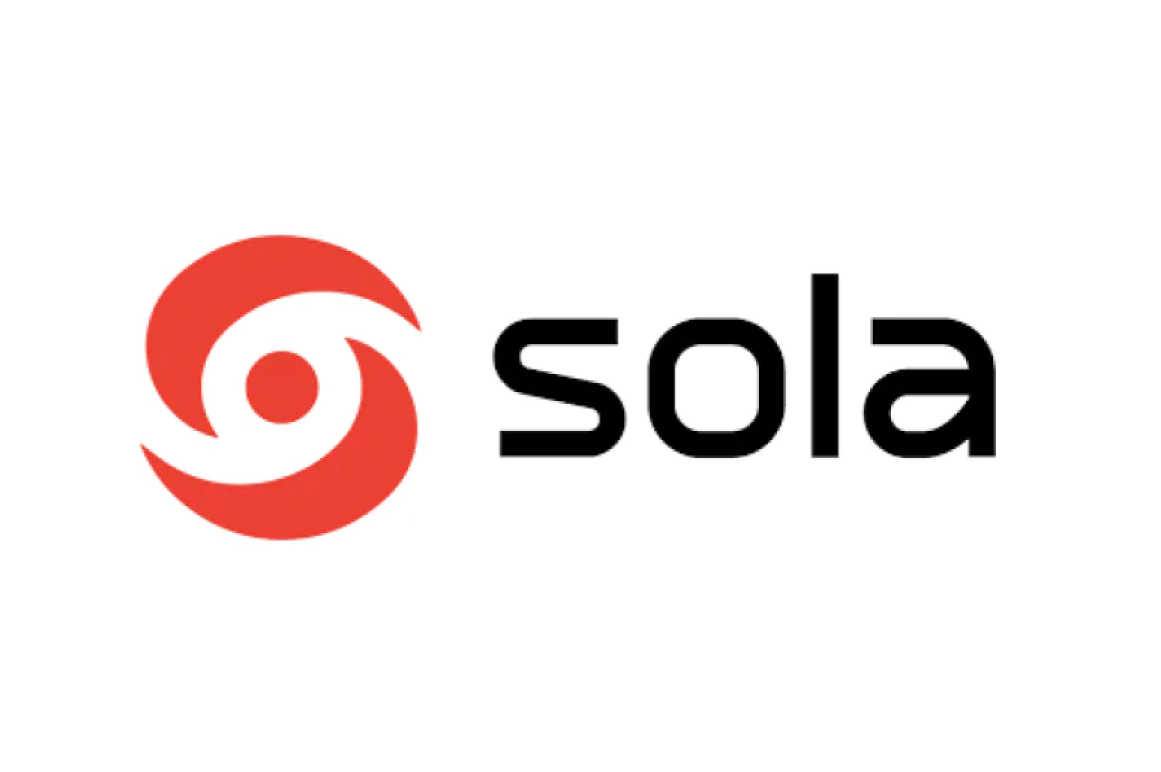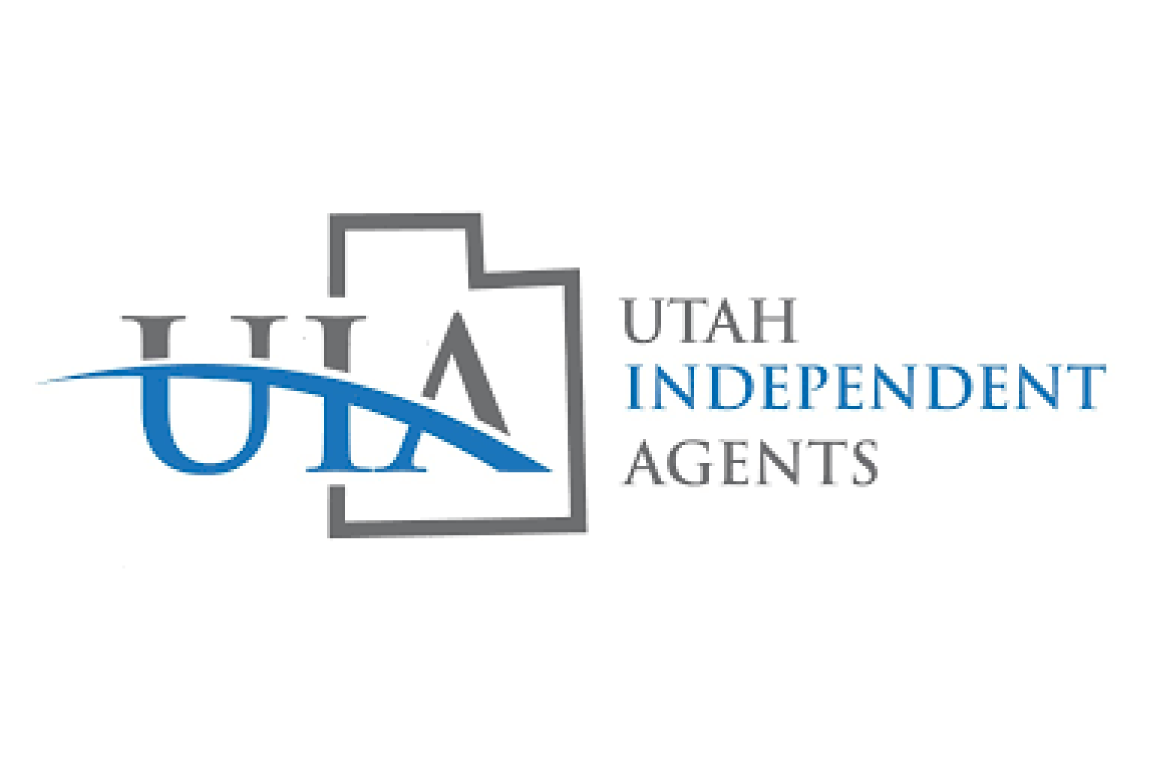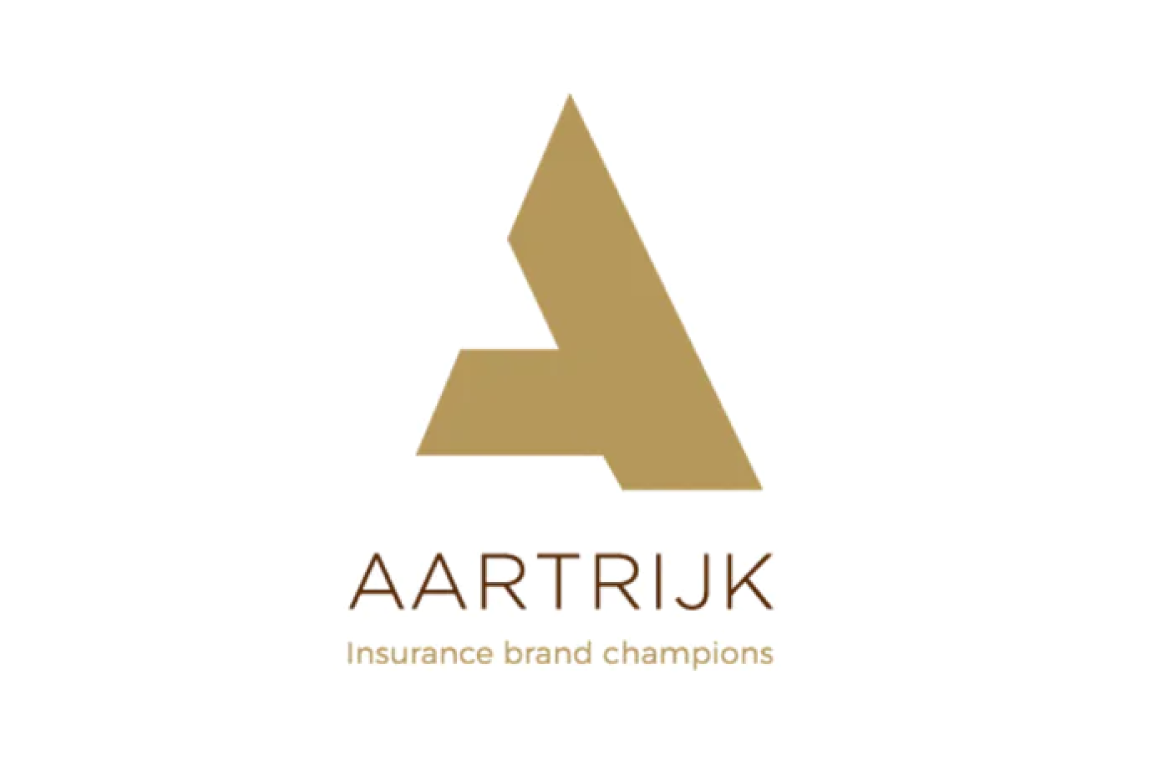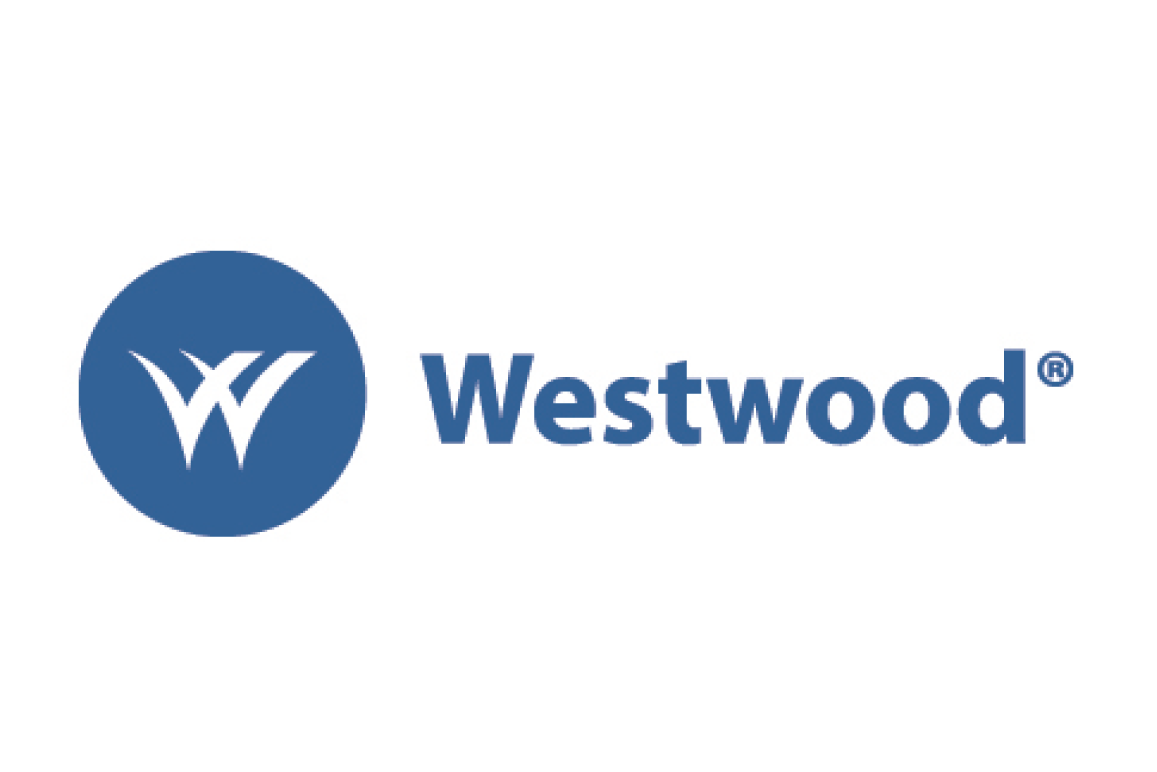By Kelly Surles, CIC, CPRM, CISR, ACSR
As one of the cities that is consistently on lists of the best places to live, or work, in the United States, Austin, Texas, is a mecca for millennials. In addition to having a high-tech culture, Austin offers a vibrant music scene, a wide variety of other entertainment venues, city governance that places an emphasis on environmental sustainability, a business climate that attracts entrepreneurs and startups, and lots of other millennials. But you don’t have to live—or sell insurance—in Austin to know that millennials will continue to have a tremendous impact on the insurance industry.
Millennials comprise approximately 40% of the U.S. population. However, as a group, millennials have been defined frequently as “atypical” consumers who are somewhat disengaged from the insurance purchasing process. What comes to my mind is that it could be argued that millennials are the “new typical.” In other words, it is more likely that the industry will need to respond to the unique needs of this demographic group, rather than thinking that millennials will somehow come around to 20th century ways of doing things.
It’s not that our industry has been completely complacent. As many millennials prefer to conduct business online, the Internet has no shortage of insurance agencies and companies that can be accessed digitally. Even in terms of social media, the industry has progressed—some sectors and businesses adapting at a faster pace than others. And there is no shortage of funds being expended on new technologies and ways of doing business that will certainly be well received by millennials.
Where I see significant gaps is in the products that we are providing (or not providing) to meet the lifestyle needs of millennials. Here too, the industry has not simply sat on its laurels. For example, the 2018 version of ISO’s Personal Auto Policy addressed the need to cover the replacement of lost or stolen key fobs, as well as pet injury expenses. ISO also developed an endorsement for personal auto policies to cover individuals who may need to cover their personal possessions anywhere in the world, subject to a deductible and endorsement exclusions.
It is worth noting that this policy provides coverage worldwide, a need that is more important to a generation of individuals who like to travel far more than their parents and grandparents did. Many millennials embrace a lifestyle that is less property and possession laden. And so far, the industry has not responded well to covering tiny homes on wheels (for more information on this topic, please refer to the 2019 Spring issue of Resourcesmagazine).
Then there is the matter of the many millennials who work abroad. Whether they’re digital nomads freelancing from anywhere in the world or employees of American companies conducting business in foreign countries, a growing number of American millennials live in other countries for significant portions of each year. If they’re freelancers, they have to procure life, health, and travel insurance on their own.
Travel insurance is pretty much a necessity for those who have a greater probability of dealing with flight cancellations, stolen belongings, or medical emergencies. However, there is a vast difference in the medical coverage provided by travel insurance and the much broader benefits available with health insurance. Life insurance is another consideration entirely, and many millennials have no idea how much it could cost to repatriate their body if they happen to die in another country. Millennials need help navigating the coverages that are available while they are circumnavigating the globe, and it seems that some sort of combined life/health/travel product would be well received by this market.
Now let’s look a little closer to home. With so many millennials living in urban environments, home sharing and ridesharing apps have become a part of our common vernacular. E-scooter and bicycle rental companies have proliferated in cities across the nation, including Austin. Of course, there are insurance problems with all of these new ways of doing things.
When it comes to e-scooters, Austin is representative of other university cities. As scooters are popular modes of transportation for students, employees of various businesses, and visitors on campus and across the city, there are numerous concerns regarding liability for injuries. The wider concerns across the city regard the large number of scooters that are rented, and the fact that the rental companies place the liability for accidents solely on the renters. There are a lot of e-scooter rentals in Austin, and a lot of pedestrians on the street. Yep—it’s like an accident waiting to happen—and they do! But how often do you ask your clients if they ever rent scooters or bicycles?
Is there coverage for your client if they hit a pedestrian when they’ve rented a scooter or bicycle? The ISO Personal Auto Policy specifically excludes liability coverage for the use of any vehicle which has fewer than four wheels or that is designed mainly for use off public roads. Furthermore, any property damage caused to the scooter or bicycle would also be excluded in the PAP.
What about liability coverage from the ISO Homeowners policy?
The policy defines a “motor vehicle” as “a self-propelled land or
amphibious vehicle. The “Motor Vehicle Liability” exclusions in Section II – Exclusions states “there is no Liability and Medical Payments coverage for any ‘motor vehicle liability’ if, at the time and place of an occurrence, the involved “motor vehicle” is registered for use on public roads or property, or if the ‘motor vehicle’ is not registered for use on public roads or property, but such registration is required by regulation issued by a law or regulation issued by a government agency for it to be used at the place of the occurrence.”
What if you’re the pedestrian and injured by someone riding an e-bike or e-scooter? Medical payments coverage, if selected in the Personal Auto Policy, would apply as the policy will pay for reasonable expenses incurred for necessary medical services because of bodily injury caused by an accident and sustained by an insured. The policy does not state the bodily injury has to occur because of an AUTO accident—only an accident.
Many rooms and homes are rented in Austin during SXSW (South by Southwest) and other festivals, and clients need to be aware of the exclusions involved with this exposure. If the home or room is rented too often, the insurer can consider it to be a business activity. The ISO Homeowners’ Policy is filled with exclusions and limitations when is comes to business property and liability exposures. Suffice to say that if your clients are engaged in these types of rental activities, you need to know about it. But how often do you ask your clients if they have joined this bandwagon?
For the problems associated with ridesharing, let’s look at Uber. If the driver is “on the clock” and carrying a passenger when an accident occurs, Uber’s liability policy will generally provide coverage. The problem is that Uber drivers are considered to be independent contractors, and there are many scenarios that could cause a denial of coverage (e.g., if the driver was texting at the time of the accident, etc.). The driver’s insurance company would also deny coverage because the driver was using a vehicle as a “public or livery conveyance,” which includes a vehicle while it is logged into a “transportation network platform.” But how often do you ask your clients if they’re using their vehicles in this manner?
Awareness is key. You have to ask good questions to know what your clients are doing. There is a good reason why risk identification is the first step in the risk management process—you can’t analyze, control, or finance the risk if you don’t know that it exists. Let’s look at another risk—that of being an agent with your head stuck in the past. Just because you look for the taxi stand at an airport doesn’t mean that everyone else does.
Millennials have a unique perspective on things. They’ve grown up in the digital world. They’ve learned about different cultures and ways of doing things. They lived through the Great Recession, gone to college, and many of them are now saddled with enormous amounts of student debt. They’d like to be optimistic, but can you blame them for thinking that maybe there are better ways of doing things? They know that there are. Speed, performance, high quality interactions, and platforms that allow them to do anything that needs doing from a mobile device are highly valued. So are the opinions of their peers.
As you look to how your agency conducts business, keep an eye out for how you approach millennials. As an Academic Director for The National Alliance, I am well aware of the gaps that exist in coverages due to new lifestyle exposures. As an agent, I loved working with millennials. They’re smart, they’re efficient, and they ask really good questions. They valued the relationship that we developed as much as I did. AND while they are price conscious, they are also risk adverse. If you can explain how the coverage that you can offer is worth purchasing, chances are you’re looking at renewals for many years to come. Just remember—you have to ask good questions too!

About the Author:
Kelly Surles, CIC, CPRM, CISR, ACSR
Kelly is the Corporate Account Team Lead for The National Alliance. Her prior industry experience includes Personal Lines Account Manager, Personal Lines Manager, and Private Client Account Manager for three large independent insurance agencies in Austin. She served on the board of directors for Independent Insurance Agents of Austin for seven years, including her most recent role as President before joining The National Alliance.




